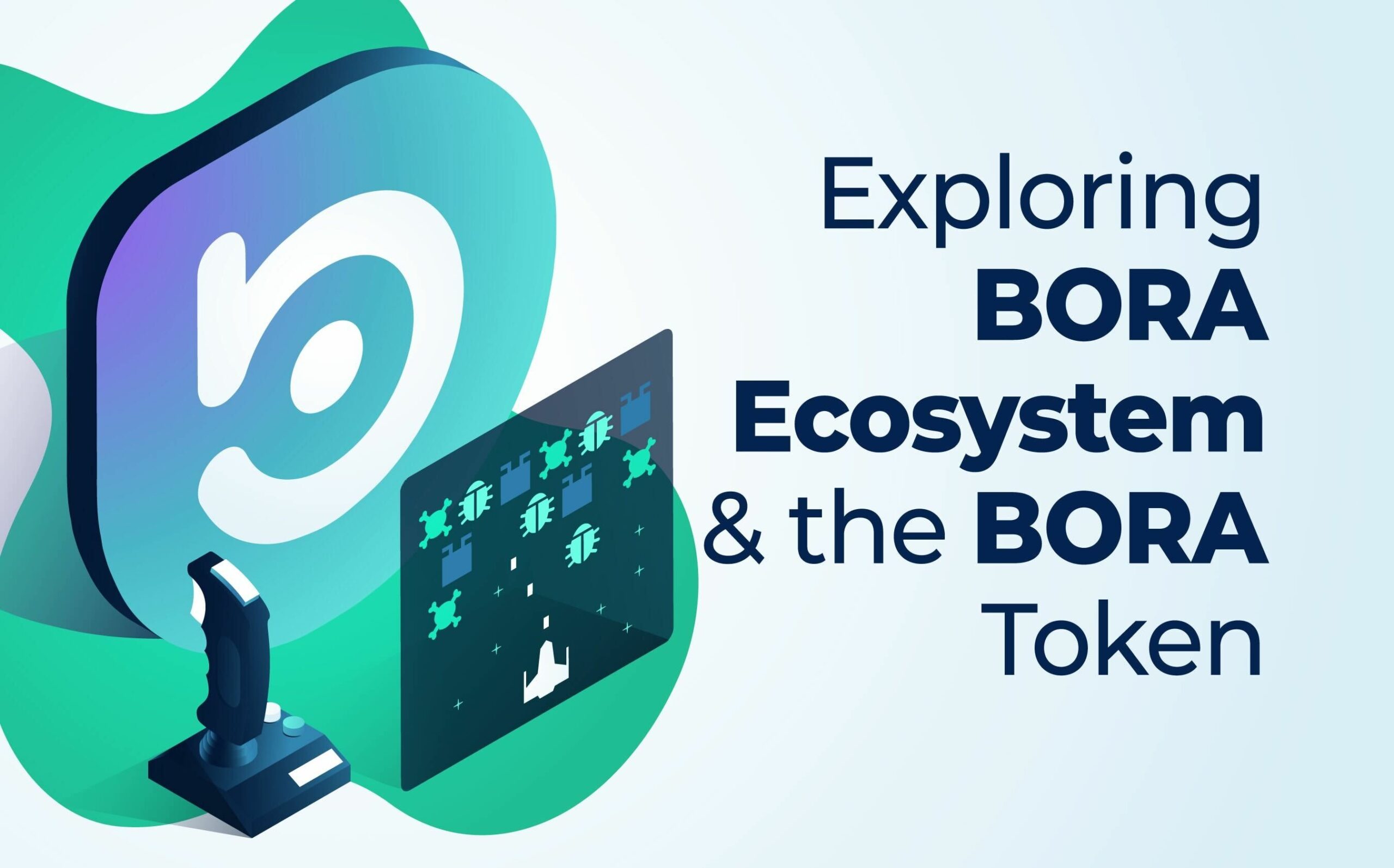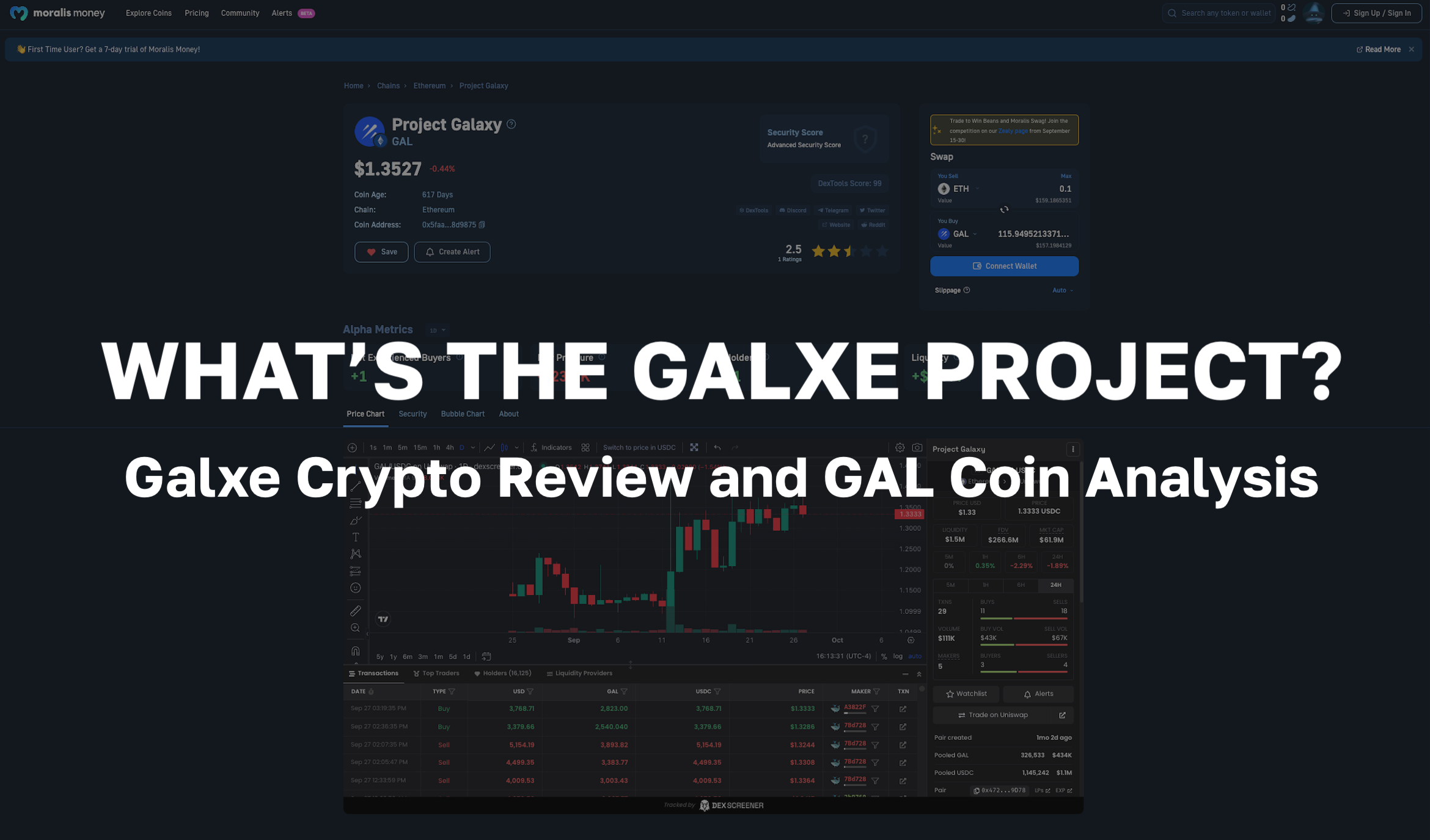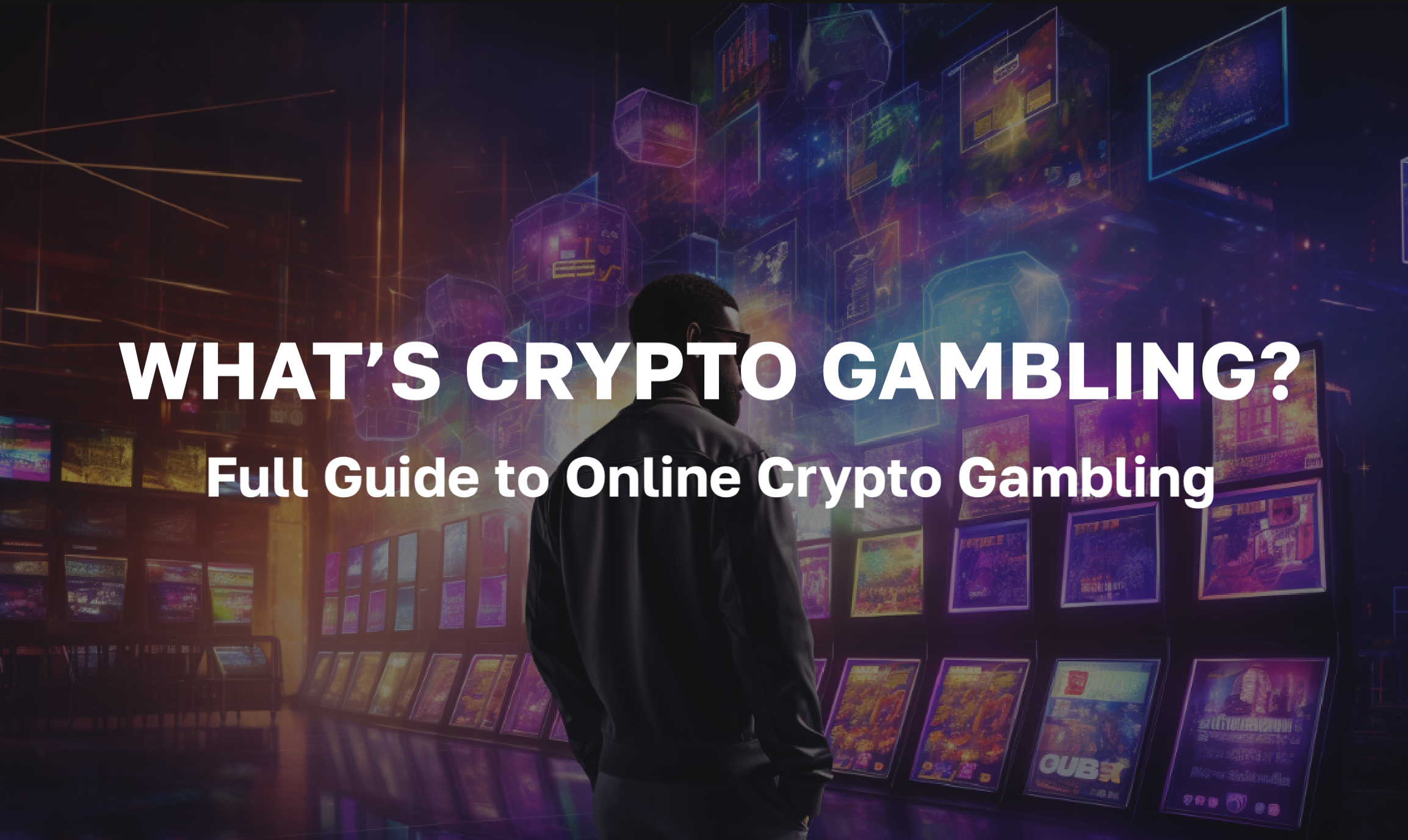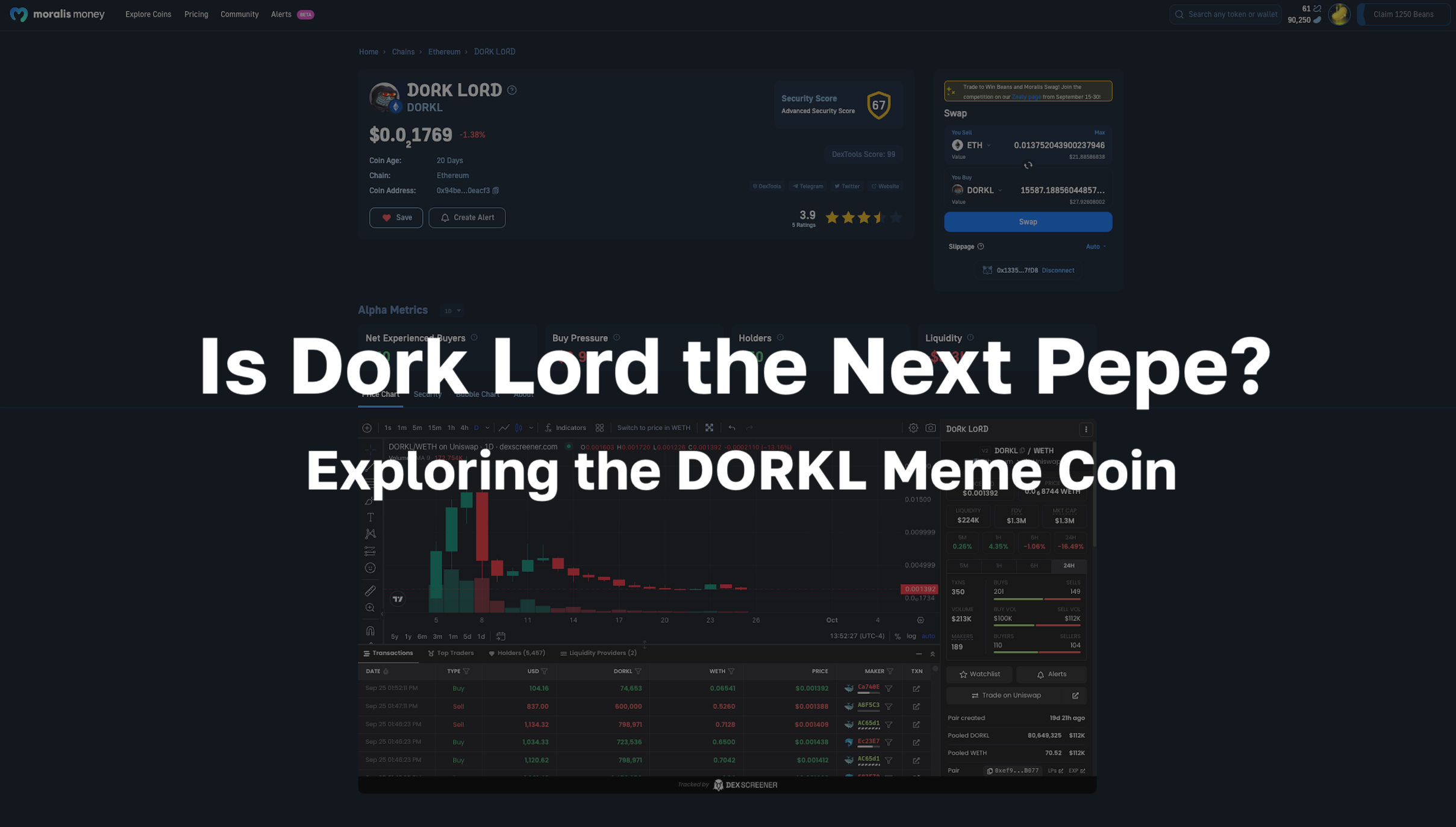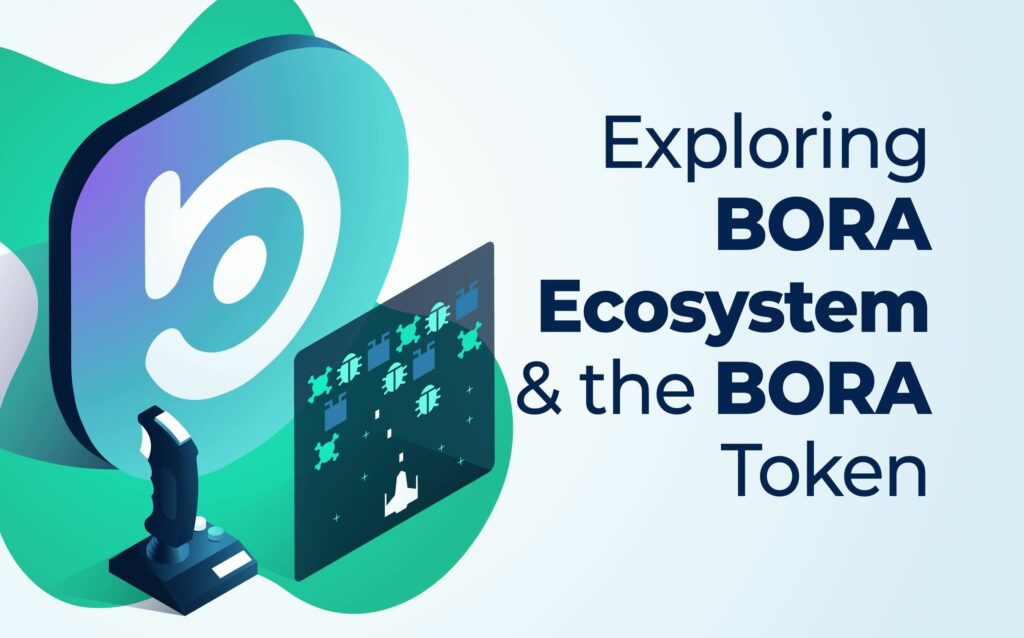
The BORA chain interoperates with the second-largest blockchain, Ethereum, to provide decentralized content services in the BORA ecosystem. With a focus on scalability and security, the BORA platform offers content providers an easy-to-navigate blockchain solutions service. With minimal configuration, content providers can integrate the BORA platform application programming interface (API) within their own content applications. Further, each content application operates autonomously within the BORA ecosystem while users can interact with multiple applications with a single account. Additionally, the BORA ecosystem operates thanks to its dual-token system, including the BORA token and BORA point tokens.
In this article, we are going to dive deep into the BORA ecosystem and explore the BORA chain and the decentralized content services it offers. Moreover, we’ll look at the role of the BORA token and the secondary internal token structure using the BORA point tokens. We’ll discuss each layer of the BORA chain stack plus the various tools and resources available to developers.
For a deeper understanding of blockchain technology, see our Blockchain & Bitcoin 101 course at Moralis Academy. We offer industry-expert teaching on the origin and foundations of blockchain. Catering to crypto-newbies and experienced programmers alike, Moralis Academy offers an interactive and engaging learning environment. Also, our Ethereum 101 course is an ideal follow-up to gain a deeper understanding of smart contracts, the account model, ERC-20 tokens, and Ethereum Virtual Machine (EVM). Kickstart your blockchain education today with Moralis Academy!
What is the BORA Chain?
The BORA platform is a multi-layer interoperable blockchain design using a dual token system. Further, the project’s native chain, the BORA chain, is cryptographically linked with the leading smart contract-enabled blockchain, Ethereum. Using a modular architecture, the BORA chain and the BORA ecosystem exist to offer a content provider service with true decentralization. The BORA platform facilitates the security, scalability, and reliability of commercial content application needs by expanding on cutting-edge blockchain technology.
Moreover, the BORA platform is easy to navigate, with content creators able to use the project’s application programming interface (API) and web interface. Additionally, each application on the BORA chain is fully interoperable with all other applications within the BORA ecosystem. Further, the BORA platform presents an infrastructure to benefit content providers and content consumers, aiming to improve user value and retention. Creators can implement blockchain-based reward programs and promotional campaigns, increasing the transparency, efficiency, and ultimately, engagement of their platforms.
Another crucial aspect of the BORA ecosystem is the native BORA token and BORA point tokens. These two tokens co-operate to ensure honest participation, incentivization, and flexibility of design with BORA applications. Furthermore, the two tokens, the BORA point incentive fund and the BORA token manager, all operate through smart contracts. We’ll discuss each of these topics in-depth further in this article.
The BORA Token
The BORA platform uses a dual-tokenomic infrastructure incorporating the two tokens: BORA token and BORA point tokens. Together, these tokens drive the contribution and participation of the platform, offering an incentive mechanism for all platform users. Moreover, incorporating blockchain with this token structure means that any bad actors on the network would be at a financial disadvantage. Instead, it benefits to be an honest participant following the projects’ rules.
As the BORA platform incorporates both the BORA chain and the Ethereum blockchain, the project facilitates an internal and external token system. The BORA token, initially launched using the ERC-20 token standard, is a market-tradable asset across multiple exchanges. As such, the BORA token is subject to price volatility with market cycles and fluctuations. On the other hand, the BORA point tokens are available only within the BORA ecosystem.
On November 1st of 2021, the BORA platform transferred its mainnet from the Ethereum blockchain to the Klaytn blockchain. Accordingly, the BORA token migrated from Ethereum's ERC-20 standard to the Klaytn KCT standard (Klaytn compatible token). During the process, token holders held their assets in BORA tokens and Klaytn-compatible wallets, receiving KCT BORA tokens at a 1:1 ratio following the token transfer. Holders can trade the BORA token on crypto exchanges, including Hotbit, Upbit, and Bithumb. The BORA token price sits at around $1.08, according to CoinGecko. Further, CoinMarketCap states that the market cap of the project is around $992 million at the time of writing.
For an expert-led introduction to buying and trading cryptocurrency, see our Crypto for Beginners course at Moralis Academy! We cover everything from creating a reputable crypto exchange account to keeping assets safe and sound in cold storage. Check out Moralis Academy today!
BORA Point Tokens
The internal token system operates on the BORA chain, bringing a novel approach to token generation. BORA point tokens are available for content providers to use within their applications in multiple forms. These include BORA-Ticket for event management services and BORA-Play for game incentivization. Plus, BORA-Community tokens offer content providers a way of decentralizing governance and community funding. BORA point tokens offer customizable options to suit individual application needs. All types of BORA point tokens are interoperable with all applications in the BORA ecosystem. Also, BORA point tokens are “mutually exchangeable” with the KCT BORA token.
From the end-user point of view, the BORA platform offers a “unified asset management environment”. This means that all internal BORA point tokens are easily accessible and usable with various applications across the ecosystem. Moreover, should one of the applications cease to exist for whatever reason, any BORA point token assets on the said platform would be immediately returned to users’ wallets. Then, users could use these assets in other applications.
Users can frictionlessly exchange BORA point tokens with BORA tokens and vice versa. The BORA token manager smart contract is responsible for executing further smart contract operations to store and retrieve BORA tokens. For example, if a user wishes to generate some BORA point tokens, the BORA token manager provides the appropriate amount of BORA point tokens in return for a set amount of BORA tokens. Then, the BORA token manager retrieves the BORA tokens when requested, dissolving any returned BORA point tokens returned.
The BORA Ecosystem
The project defines itself as a “blockchain-based platform ecosystem for circulating and stimulating content applications”. With a design focusing on security, scalability, and reliability, the BORA platform operates with three core layers. These are the core layer, service layer, and application layer. Each layer is responsible for different aspects of the BORA ecosystem.
Incorporating a modular architecture, the BORA chain allows each content provider to execute their own transactions through their application. The BORA chain design aims to remove the inconvenience of “noisy-neighbor issues”. In short, this means that multiple applications can autonomously execute transactions simultaneously without any disruption. As such, the BORA ecosystem is host to various types of content applications, including communities and gaming.
Users can interact with all applications within the BORA ecosystem using just one account. This means that users’ personal details and platform assets are interoperable with each application.
Core Layer
The bottom layer of the BORA stack is the core layer. The core layer comprises the BORA infrastructure and data network as foundations of the project. Above these is the BORA chain, with code mostly the same as Ethereum but with a few innovations. By using a permission voting algorithm, each content provider application receives its own private blockchain, independent from the rest in the BORA ecosystem. In turn, this substantially increases the scalability prospects, flexibility, and performance of each application. The BORA chain is responsible for managing the “sub-chain role”, facilitating transactions for every application in the BORA ecosystem.
Also operating in the core layer of the project via the BORA chain is the BORA point token system. Therefore, this layer additionally runs the BORA token manager smart contract.
Service Layer
The middle layer of the project stack is the service layer. The service layer offers tools such as application programming interfaces (APIs) and software development kits (SDKs) to content providers for creating applications on the BORA chain. Plus, users benefit from management tools and analysis features. This also includes policies surrounding application usage and governance. Moreover, the service layer provides the BORA chain explorer, allowing the public to view all BORA token movements. Additionally, the BORA chain explorer is responsible for auditing and reviewing the BORA chain periodically.
"BORA ATOLL" is the project’s first software development kit (SDK) to launch, claiming to be the “easiest blockchain toolkit”. The ATOLL management tools offer developers a simple design to manage and analyze user data on applications. Furthermore, developers can implement adjustments of their individual chain specifications to accommodate changes in service volume. Additionally, content providers have easy access to view application revenue and expenditure.
Application Layer
At the top of the stack is the application layer - the layer with the most interaction from end-users. The application layer is host to all content provider applications in the BORA ecosystem in addition to the project’s own native asset management platform, the BORA app. The BORA app provides token exchange functions alongside access to free content applications.
The project plans to incorporate third-party content providers to offer additional content to users. As such, developers have access to data within the BORA chain to use when building decentralized applications (dApps). Although it's still a work in progress, the project has provisionally named the service “BORA Data Hub”.
Why Use the BORA Ecosystem?
The BORA project offers an innovative dual-tokenomic infrastructure allowing for secure permissionless decentralized content applications. Moreover, the project offers a space for developers to design and deploy applications effortlessly capable of mass engagement. The layer-2 structure and token mechanisms mean that the BORA chain can offer competitive content provider solutions. With an increasing number of transactions per second (TPS) as the project gains adoption, BORA boasts around 2,200 TPS per individual independent side chain.
Furthermore, the BORA platform focuses on the scalability of applications without compromising on security or performance. As BORA is incorporating a modular structure, developers can integrate modular sidechains into any application with ease. Moreover, the modularity of the design aids in reducing any disruption in transaction and content services. Additionally, the project offers a testnet environment alongside dedicated tools and software development kits (SDKs) for developers. The BORA platform aims to lower the barrier to entry for blockchain developers. In accordance, the BORA ecosystem offers the lowest transaction fees possible to both its users and content providers.
BORA offers a design with a focus on flexibility and enterprise adaptability. The BORA platform aims to provide a one-stop solution for business design, development, and management for decentralized content services. With tools easy to implement, the BORA ecosystem hosts applications catering to the music, fintech, and entertainment industries alike. Plus, other industries, including healthcare, education, and real estate sectors, also operate applications within the BORA ecosystem.
Exploring the BORA Ecosystem and the BORA Token - Summary
The BORA ecosystem comprises an interweaving network of the multi-layer BORA chain, Ethereum, and, more recently, Klaytn. Moreover, the project operates using a dual token system, including the BORA token running on the Klaytn mainnet. Also, BORA point tokens are available as the internal token system, only accessible and tradable through the BORA platform. By using technical innovations, the BORA platform is offering decentralized content solutions capable of mass adoption. With a strong focus on security, scalability, and reliability, the project boasts interoperability with the leading decentralized finance (DeFi) chain, Ethereum. However, BORA offers developers the ability to create applications using independent private blockchains run by the BORA chain and the BORA token manager contract.
Moreover, the BORA ecosystem allows users to interact with multiple content applications using just one account. As such, the BORA platform makes it easy for users to manage their details and assets across several content providers with a single unified account. Additionally, users can enjoy low-cost and sub-zero transactions with the BORA platform, capable of more than 2,000 transactions per second (TPS).
For readers who find the idea of developing their own applications of interest, look no further! Moralis Academy is the largest online blockchain education suite with over 30,000 students. No matter the level of previous experience, Moralis Academy offers courses for everyone to reach their goals! Start with our JavaScript Programming for Blockchain Developers course if you’ve never done any coding before. For programmers with experience, see our Ethereum Smart Contract Programming 101 course. Here, students learn the foundations of Ethereum's programming language, Solidity. Start your blockchain programming journey today with Moralis Academy! Also, don’t forget to follow us on Twitter @MoralisAcademy! We’d love to hear your thoughts about the BORA ecosystem and the BORA token!
